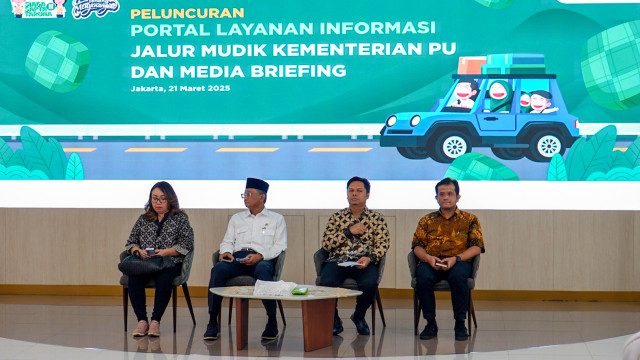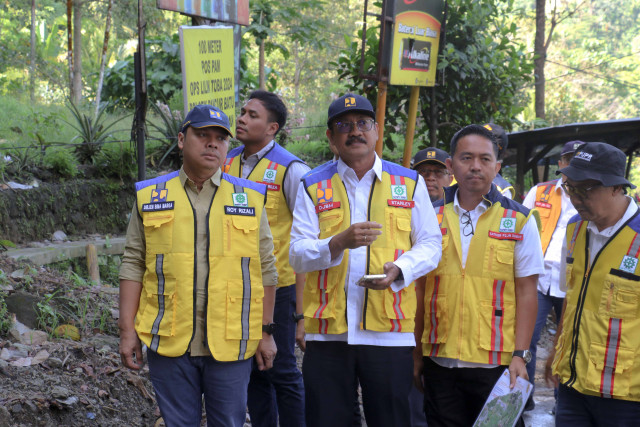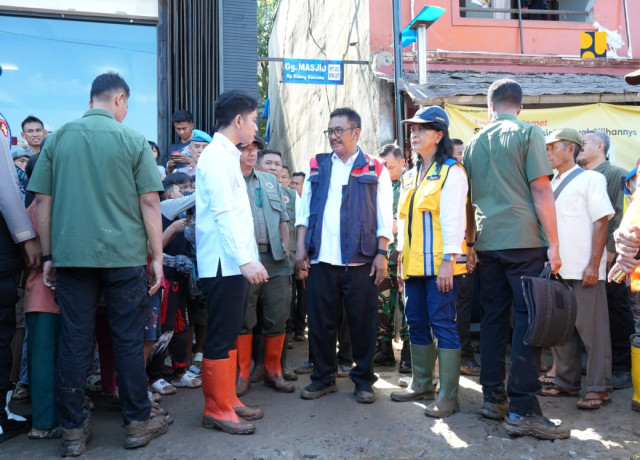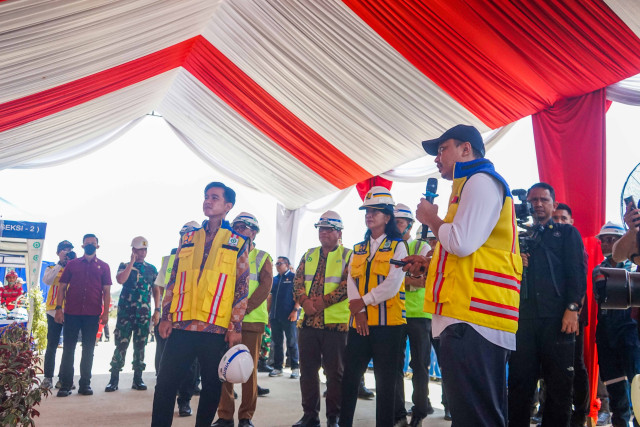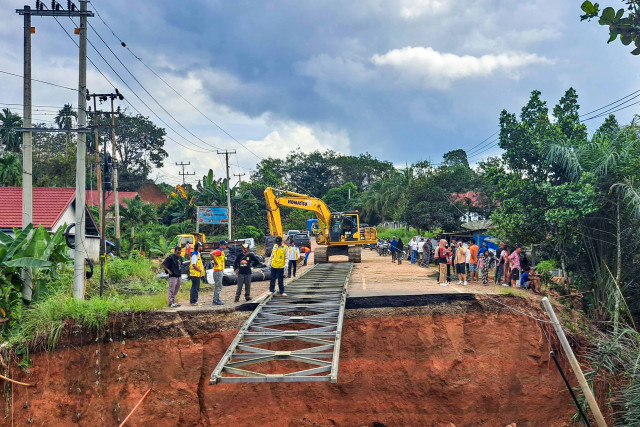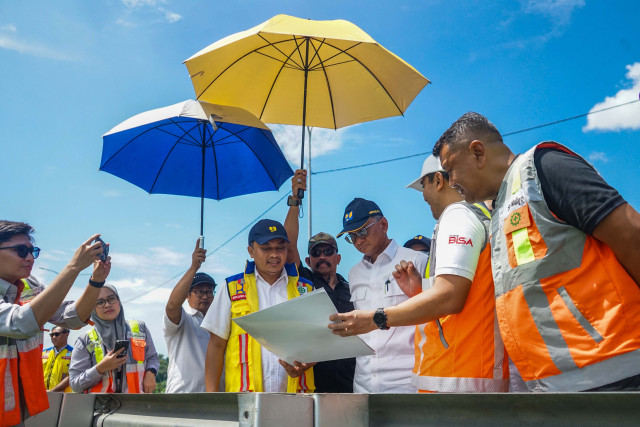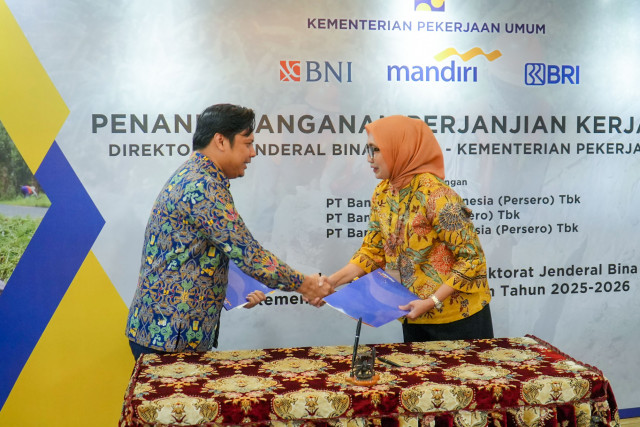House of Representatives Commission V Oversees Handling of Palembang-Indralaya Toll Road
- 14 Juli 2017
- News/General
- 435 viewed

In order to review the location and find out the cause of land shifts in the Palembang-Indralaya (Palindra) toll road access, the DPR RI Commission V team conducted a Specific Work Visit (Kunker) to Palembang on Thursday (07/13) yesterday. Also assisting in the Kunker this time were the Secretary of the Inspectorate General of the Ministry of Public Works and Public Housing (PUPR), Netti Malemna, Members of the Toll Road Regulatory Agency (BPJT), Koentjajo Pamboedi, and the Head of Development and Testing of the National Road Implementation Agency (BBPJN) V , Insal Maha.
Sigit Sosiantomo as the head of the Kunker team stated that the landslide at the site was an unexpected event. Therefore, he appealed to all parties to be more careful so that similar things do not happen again in other locations.
"Later in a meeting with the Ministry, we will appeal so that this incident can be a lesson and not to be repeated again and we will continue to monitor," said Sigit.
Head of the Toll Road Development Division of PT. Hutama Karya, Muhammad Rizal Sutjipto, explained that the cause of landslides in the Palembang-Indralaya toll road access was because his party could not apply vacuum technology at STA 1 + 300 to 1 + 325 locations because there were High Pressure Air Line (SUTT) cables. As a result, there was a 1.5m sliding body on 17 June 2017. However, half of the road can still be passed by vehicles during the Lebaran homecoming season yesterday.
"This toll road is built on soft marshland, therefore we use the vacuum system preloading method to make the land stable. However, in the landslide area yesterday there was a 150,000 volt SUTT cable across the site so it was not possible for us to apply the vacuum method, "he explained.
For information, the vacuum method is used to reduce the water and air content of the soil grains so that the land is not easily damaged or collapsed.
"To use the vacuum method, installation of PVD installations as high as 18 to 20 meters is required, while the height / clearance available between the surface of the fill material with 150,000 volt SUTT cable at that location is only about 6 meters," Rizal said.
To agree with the explanation from Hutama Karya, a Member of the Toll Road Regulatory Agency (BPJT), Koentjajo, stated that the landslide was not due to a mistake in the construction method carried out by the contractor. Because based on the results of the evaluation, the use of the vacuum method is considered appropriate to be applied in the Palindra toll road construction project.
"The location of the error is not the method used but the freedom of space where there are high voltage air ducts that do not allow using vacuum technology. As a result, other technologies are used because it is not possible to wait for the removal of the installation while the target of road construction can be completed before Lebaran going home so that the road can be functional or used by travelers, "he said.
The new vacuum technology was first applied in road construction in Indonesia. The advantage of this method is that it saves time in stabilizing the soil so that it is 'ripe' for construction.
"If using the usual method, it will take up to a year for the soil to stabilize while vacuuming only takes 4 months," added Koentjajo. (LY)






